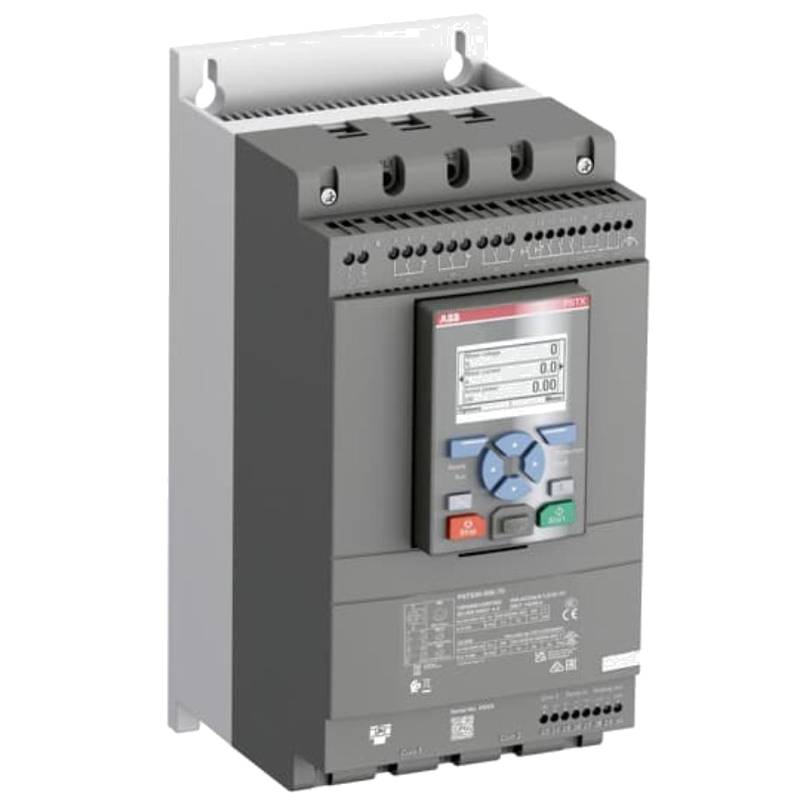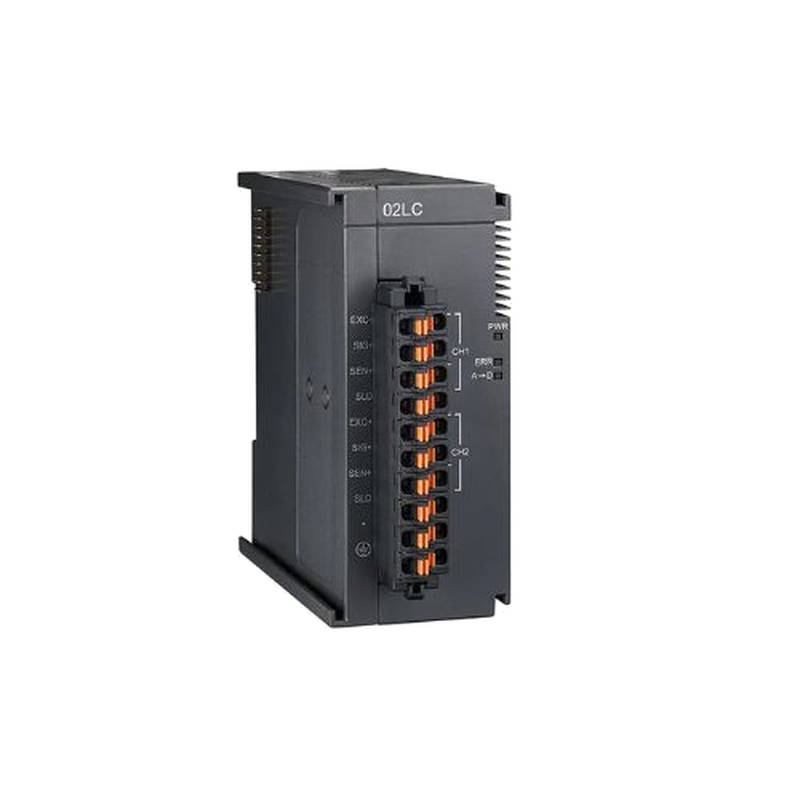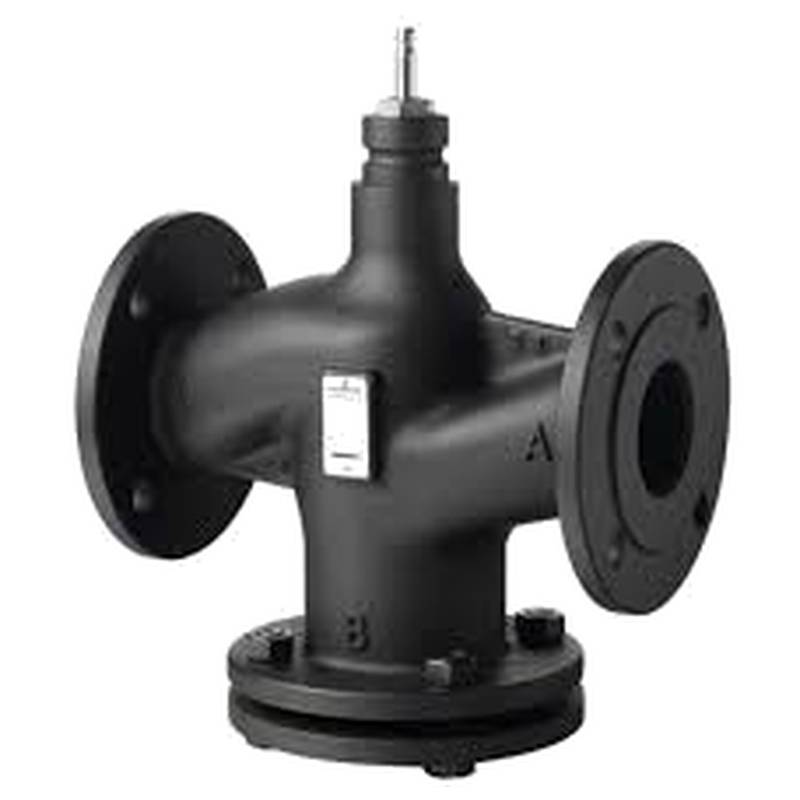
The SIEMENS 5SY6114-7CC is a 1-pole miniature circuit breaker (MCB) from the robust 5SY series, engineered for reliable overcurrent protection in a wide array of electrical installations. This compact yet powerful device, rated at 0.3A, offers fast-acting tripping to safeguard sensitive circuits against overload and short-circuit faults, minimizing downtime and preventing equipment damage. Its high breaking capacity ensures safety even under demanding fault conditions, making it a preferred choice for demanding industrial and commercial applications where dependable circuit protection is paramount.
Product Specifications
| Feature | Specification |
| :------------------- | :----------------------------------------------- |
| Manufacturer | Siemens |
| Series | 5SY |
| Model Number | 5SY6114-7CC |
| Number of Poles | 1P (Single Pole) |
| Rated Current | 0.3A |
| Tripping Curve | C (Typical for inductive loads) |
| Breaking Capacity | 6 kA (IEC 60898-1) |
| Voltage Rating | 230/400V AC |
| Frequency | 50/60 Hz |
| Terminal Type | Screw terminals |
| Mounting | DIN rail (35mm) |
| Protection Class | IP20 (Main enclosure), IP40 (Installed) |
| Ambient Temperature | -25°C to +45°C |
| Compliance | IEC 60898-1, VDE 0641 Part 11 |
Core Features & Market Positioning
The SIEMENS 5SY6114-7CC distinguishes itself through its precise tripping characteristics, ideal for protecting loads with moderate inrush currents such as control circuits, lighting systems, and small electronic devices. Its robust construction, a hallmark of Siemens' commitment to quality, ensures a long operational lifespan and consistent performance in challenging environments. Compared to other MCBs in its class, the 5SY series offers a superior balance of performance, reliability, and cost-effectiveness, positioning it as a go-to solution for electricians and system integrators prioritizing safety and operational continuity. The C-curve tripping characteristic provides a good compromise between overload and short-circuit protection, making it versatile for various industrial and commercial setups.
Key Application Scenarios
This 0.3A, single-pole MCB finds extensive use in control panels, power distribution boards, and sub-distribution systems. It is particularly well-suited for protecting sensitive electronic equipment, low-power motors, and lighting circuits where precise and rapid fault interruption is critical. Common applications include safeguarding control relays, signal conditioning modules, and small instrumentation circuits within manufacturing plants, commercial buildings, and telecommunications infrastructure. Its compact form factor also makes it ideal for space-constrained enclosures.
Practical System Integration Guidance
Installing the SIEMENS 5SY6114-7CC is straightforward due to its standard 35mm DIN rail mounting. Ensure the main power source is de-energized before commencing any work. Connect the incoming live conductor to the upper terminal and the outgoing protected circuit conductor to the lower terminal. The neutral conductor should be connected via a separate neutral bar or linked through other protective devices as per local wiring regulations. Proper torque applied to the screw terminals is essential for reliable electrical contact and to prevent overheating. Always verify correct polarity and ensure all connections are secure before re-energizing the circuit.
Operation and Risk Mitigation
The primary function of the SIEMENS 5SY6114-7CC is to interrupt electrical current automatically when it exceeds a safe level, either due to an overload (a prolonged excessive current) or a short circuit (a sudden, very high current). The C-curve characteristic means it will trip at 5 to 10 times the rated current, providing effective protection for inductive loads without nuisance tripping during normal start-up. To mitigate risks, always ensure the MCB is correctly rated for the circuit it protects and that the breaking capacity (6 kA) is sufficient for the potential fault current at the installation point. Regularly inspect terminals for signs of corrosion or overheating, and test the tripping mechanism periodically to ensure functionality. Never bypass or tamper with the internal mechanisms of the MCB.
Scalability & Long-Term Value
The SIEMENS 5SY series, including the 5SY6114-7CC, is designed for integration within broader Siemens electrical infrastructure. This compatibility allows for seamless expansion of power distribution systems and future upgrades. While this specific unit is a standalone protective device, its integration into panelboards or modular systems allows for easy replacement or addition of circuits as system requirements evolve. The inherent reliability and durability of Siemens components ensure long-term value, reducing the need for frequent replacements and contributing to the overall stability and safety of the electrical installation.
Frequently Asked Questions (FAQs)
What is the tripping curve of the SIEMENS 5SY6114-7CC?
The SIEMENS 5SY6114-7CC features a Type C tripping curve. This characteristic indicates that the breaker will trip when the current reaches 5 to 10 times its rated current.
This makes it suitable for circuits with moderate inductive loads, such as fluorescent lighting or small motors, which have higher inrush currents upon startup. It offers a good balance between overload and short-circuit protection for such applications.
What is the breaking capacity of this miniature circuit breaker?
The SIEMENS 5SY6114-7CC has a breaking capacity of 6 kA. This means it can safely interrupt a fault current of up to 6,000 amperes without being destroyed.
This level of breaking capacity is standard for many residential and commercial applications according to IEC 60898-1. It ensures protection against severe short circuits.
Can the SIEMENS 5SY6114-7CC be used for DC circuits?
The SIEMENS 5SY6114-7CC is primarily designed and rated for AC (Alternating Current) circuits. While some single-pole breakers can be used in specific DC applications, it is crucial to consult the manufacturer's datasheet.
For DC circuits, specific DC-rated circuit breakers are recommended to ensure proper and safe operation, as DC fault currents behave differently than AC ones. Using an AC-rated breaker in a DC circuit may lead to failure.
























